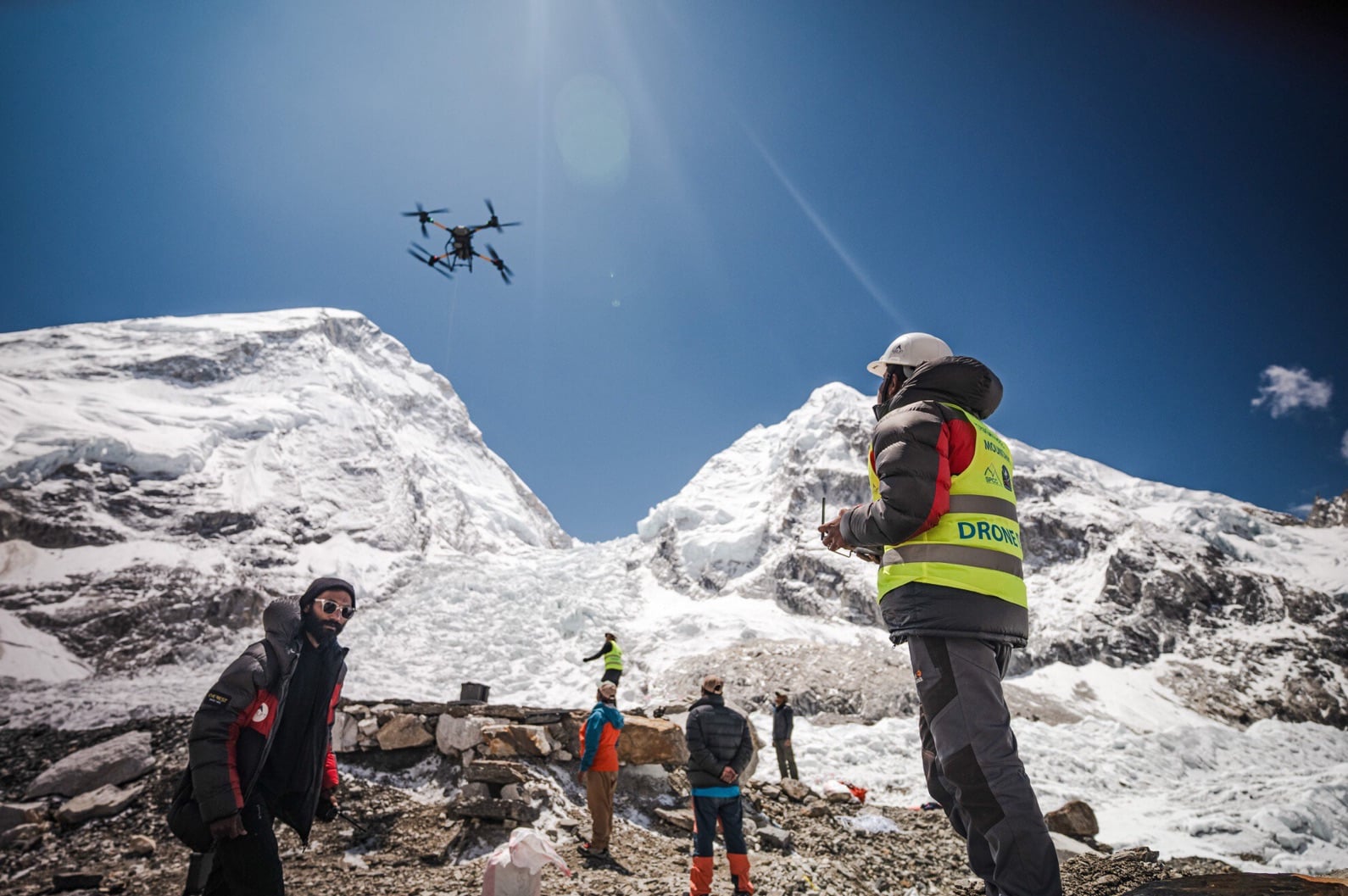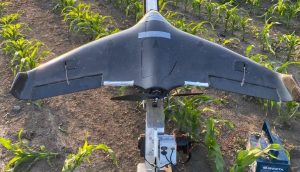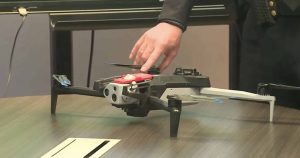Drones Revolutionize Mount Everest Cleanup With DJI FlyCart Technology: A New Chapter for the World’s Highest Peak
Mount Everest is known for its stunning landscapes and as the ultimate challenge for climbers, yet it also suffers from a reputation as the ‘world’s highest garbage dump,’ given the abandoned gear and waste that litter its slopes. However, a new solution has taken flight in the Himalayas, thanks to the innovative DJI FlyCart series drones, operated by Airlift Technology of Nepal, which is transforming the protection of this iconic landmark.
Why Everest Needed a Drone Revolution
While the thrill of climbing Everest attracts about 800 enthusiasts annually, it also leaves a significant environmental footprint. The challenge of removing waste is exacerbated by melting glaciers revealing long-buried garbage. Traditional cleanup missions depend on Sherpa teams, taking immense risks and hours to clear just a few kilograms. Enter drones, which offer a safer, more efficient alternative.
DJI FlyCart: Engineering Feats at the Roof of the World
The DJI FlyCart 30 is a specialized heavy-lift drone designed for the extreme conditions of Everest. It can haul between 15-32 kg of waste per trip, operates in temperatures as low as -20°C, and can complete a journey that would take a Sherpa up to nine hours on foot in just three minutes. This revolutionary approach removes a significant strain from human porters and increases the volume of waste transported.
“This is a great example of how drones can take people out of dangerous scenarios.”—Christina Harvey, Engineer, University of California, Davis
The Airlift Technology Team: Homegrown Innovation
Founded by Milan Pandey, Nepal’s Airlift Technology aims to make Everest expeditions safer and more sustainable. Over three months in 2025, their drones removed more than one metric ton of trash, including tents and human waste, sparing Sherpas from perilous journeys.
“Our main motive was bringing the garbage down safely and quickly.”—Milan Pandey, Airlift Technology
Human Stories: A Lifeline for Sherpa Climbers
For the Sherpas, the drone program is lifesaving. The treacherous task of carrying loads through dangerous terrain has claimed many lives. Drones now allow them to focus on climbing and guiding while lessening their risk and offering new career paths in drone technology.
“It’s humanly impossible to bring all the trash down by carrying through the Khumbu Icefall… this technology saves lives.”—Nimma Renji Sherpa
Environmental Impact: More Than Just Trash Removal
The cleanup extends beyond visual tidiness, addressing the pollution that threatens waterways in South Asia. Removing waste from Everest prevents plastics and other pollutants from contaminating rivers upon snowmelt, benefiting millions downstream.
Real-World Results and Statistics
- Over 1 metric ton of trash removed in three months.
- Drones can carry 15-32 kg per trip, more efficiently than traditional methods.
- Waste includes oxygen tanks, tents, plastics, and food wrappers.
- 50 metric tons of garbage are estimated to remain on Everest.
- Lessens pressure on Sherpa teams, allowing them to focus on climbing and rescue operations.
How It Works: A Mission Step-by-Step
- Loading at Camp 1: Trash is secured in FlyCart’s cargo hold.
- Autonomous Flight: The drone navigates challenging terrain using GPS, flying above 6,000 meters.
- Safe Landing at Base Camp: In three minutes, waste is delivered for disposal or recycling.
- Return Trip: Drones can bring supplies back, maximizing team efficiency.
The Future: Scaling Up for Wider Himalayan Conservation
Airlift Technology plans to extend the use of the DJI FlyCart 100 to other Himalayan peaks. This initiative receives backing from companies like Asian Trekking and government partners, indicating a shift toward drone logistics for environmental and economic benefits.
Technology and Regulation: What About Drone Laws?
Operating drones in such extreme and international airspace requires cooperation with Nepalese authorities and certified operators, setting high standards in safety and environmental stewardship.
Expert Tips and Best Practices
Considering a high-altitude drone project? Follow these guidelines:
- Utilize heavy-lift drones with backup systems.
- Regularly update weather forecasts pre-mission.
- Manage battery power against the cold with spares and insulation.
- Engage local experts for mission safety.
“We’re just getting started—this technology will reshape how we protect and explore every mountain.”—Milan Pandey
Client Success Stories & Community Impact
Thanks to drones, Sherpas can now focus on guiding and safety. Environmentalists praise the effort for protecting rivers, and climbers can focus on the summit, not debris removal.
Last spring, one FlyCart flight saved a day’s worth of labor, giving climbers more time to enjoy Everest’s sunrise.
Drones in Popular Culture: Everest’s New “Wall-E”
The presence of drones buzzing over Everest resembles a scene from a sci-fi film, inspiring memes and a shared enthusiasm among tech and climbing communities alike.
Final Thoughts: The Sky’s the Limit
Everest’s drone cleanup marks a pivotal point in technology’s ability to solve complex environmental challenges with international cooperation. Whether you’re a drone enthusiast or an adventurer, the next time you view Everest, recall the high-flying future of mountain conservation might be overhead.
Ready to support drone innovation? Our commitment to Everest’s cleanliness can soar higher than ever.













